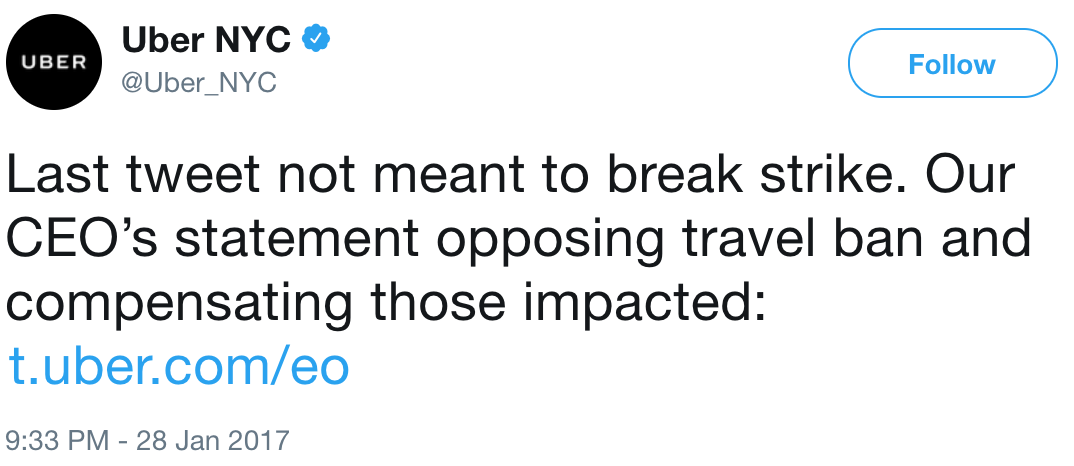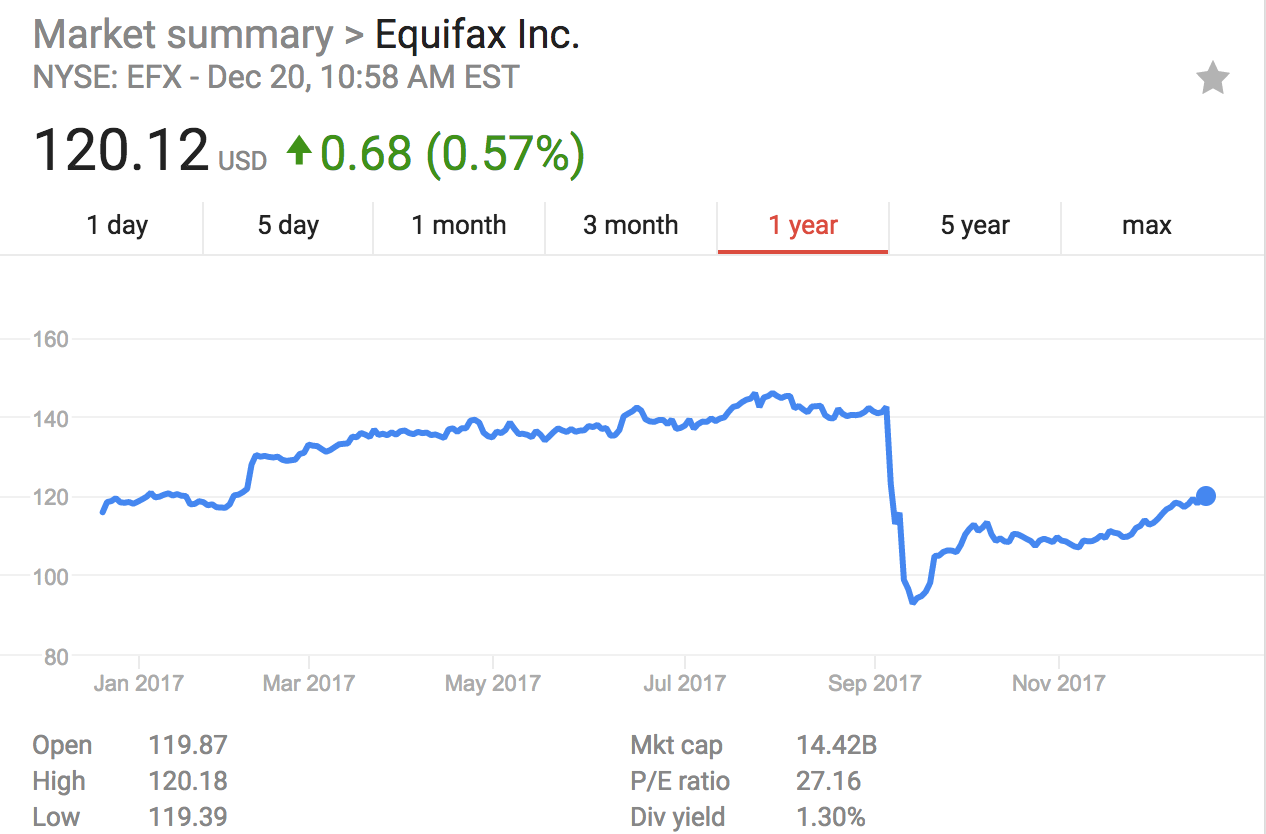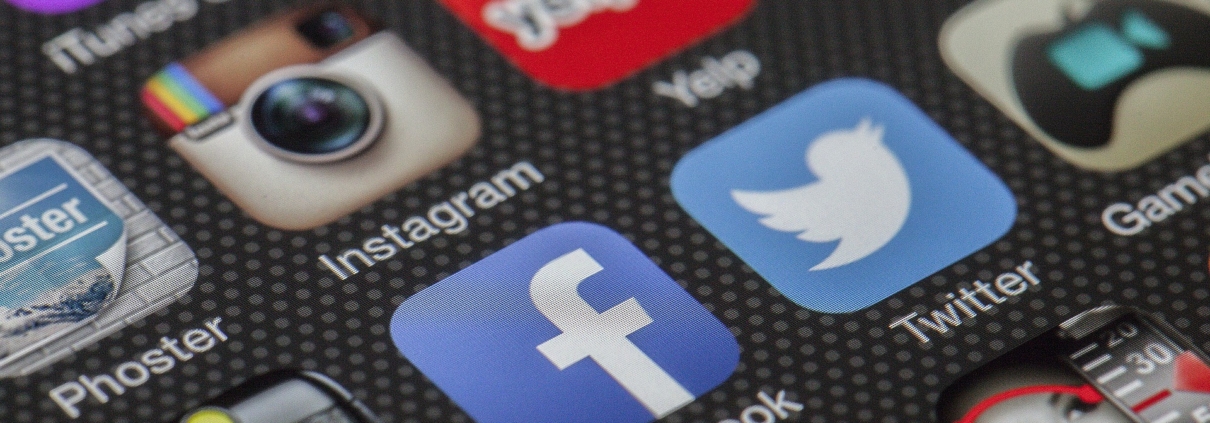Looking Back, Looking Ahead
Lessons from two of the biggest corporate social media mistakes from 2017 for a successful 2018
The ending of a year and beginning of a new one is always cause for reflection; what has been learned over the past year? How can these lessons learned be implemented to create a better future? One of the best ways to learn is to fail. Fortunately, it is possible (and advised) to learn from the mistakes of others without having to endure the ramifications of those mistakes directly.
In 2017, there were multiple social media missteps committed by organizations that ultimately paid a heavy price for their failures. Below is an examination of two of the most notable – in terms of reputational and financial damage inflicted – corporate social media blunders from 2017.
But first, it is important to note the four expectations for behavior on social media for all users, including organizations. Successfully and consistently meeting these expectations is the pathway to protecting and ultimately enhancing one’s reputation, the benefits of which include minimizing risks that’s harm can extend beyond the online space and maintaining a healthy rapport with those that matter.

- Be real. Demonstrate consistency between offline and online selves, over time, and across social media platforms.
- Be interactive. Readiness to respond personably to and collaborate with others is essential to effective online reputation management. According to a 2015 study from Nielsen, a consumer trends research agency, 83% of consumers believe the recommendations of their friends and family more so than any other form of advertising. This means it is essential for organizations to pay attention to what consumers say about them online, since it has a tangible impact on their purchasing decisions.
- Be fast. Beyond simply responding, these responses must be delivered in a timely fashion to maintain healthy relationships with followers; a 2017 report from research agency Rational Interaction shows that 72% of Twitter users expect a response from a company within one hour, if tweeting about a problem or concern.
- Be open. A willingness to fully share all relevant information (without provocation) with stakeholders who the information effects, is essential to maintaining or gaining their trust.
Knowing what these behavioral expectations are (and routinely meeting them) is critical to effective online reputation management, because the natural consequence of meeting others’ expectations is trust. And in order to effectively respond to or recover from a crisis, whether it unfolds on social media or not, an organization must maintain or regain the trust of those that matter to the wellbeing of the business. And to maintain or regain trust, expectations must be consistently met.
There are two notable corporate social media blunders from 2017 that demonstrate the severe reputational and financial fallout from failing to meet one or more of these four behavioral expectations.
#DeleteUber

Image source: Rolling Stone
What happened: On the evening of January 28, a protest was held at JFK Airport in opposition to President Trump’s announcement that a travel ban on several countries with prominent Muslim populations would be immediately enforced. In the hours leading up to the protest, the New York Taxi Workers Association tweeted at approximately 2 p.m. they would not be servicing JFK Airport between 6 – 7 p.m. that evening, out of solidarity with those opposing the travel ban. Uber NYC tweeted at approximately 4:30 p.m. that surge pricing had been turned off for all rides going to and from JFK Airport, which may result in longer wait times. The implications of the tweet were 1) Uber will continue to operate during the protest and 2) Rides will be cheaper for users going to JFK Airport since surge pricing was turned off.

The fallout: In lieu of explaining its stance on the travel ban (which it was against) Uber suffered the wrath of thousands of users who tweeted screen shots of them deleting their Uber accounts, expressing their disgust at such a blatant attempt to capitalize off the misfortune of others. Uber tweeted five hours after the initial tweet in a half-hearted attempt to clarify, as well as offering a vague apology in its statement to media inquiries. In all, Uber lost nearly a quarter million of its customers as well as its competitive position as a result of the #DeleteUber fiasco (the first of many for the ridesharing behemoth in 2017). As of today, Uber has still not regained its pre-protest ridership levels in many U.S. cities.

What Uber got wrong:
Be real. On Uber’s “Our Story” webpage it states “Across borders, cultures, and languages, we’re proud to connect people who need a reliable ride with people looking to earn money driving their car.” Uber’s decision to continue business operations at a time and location where a protest was being held defending the same values Uber proclaims to have, came across as insincere.
Be fast. Five hours is a lifetime within the context of crises and social media; had Uber been more timely in responding, it may have been able to reduce the reputational damage it suffered.
Be open. As in this instance for Uber, it is possible for companies to fail to be transparent without maliciously or selfishly meaning to do so. Had Uber included in its first tweet (as opposed to the one delivered five hours later) that as an organization it opposed the ban, and that former CEO Travis Kalanick set up a $3 million relief fund for affected employees, it likely would have stymied the outpouring of negative reactions.
#Equifaxhack

Image source: Shutterstock
What happened: On September 7 Equifax announced on its social media platforms and corporate website it became aware of a massive data breach on July 29 that exposed sensitive personal information of approximately 182,000 U.S. consumers and a smaller number of UK and Canadian consumers. The crisis was compounded by Equifax’s incompetence in the days following the announcement to help affected consumers, providing them with confusing instructions on how to verify the status of their credit and directing them to malfunctioning websites.
The fallout: In addition to the firestorm of outrage on its social media accounts (that’s still burning), Equifax’s stock price dropped 13.7% the day after the September 7 announcement. On September 8, it was reported that three high level executives sold nearly $2 million in company stock two days after the July breach. Within two weeks of the September 7 announcement it was revealed Equifax lied about how many breaches there had been (two), when they knew about the first breach (March 2017, not July) and how many consumers were affected by the second breach (143 million, nearly 800 times greater than the number they initially reported). The March breach did not involve the exposure of sensitive consumer information, but rather alerted Equifax to security vulnerabilities they failed to address, resulting in the July hack. This led to the forcible resignation of multiple senior level executives, including CEO Richard Smith. As of this writing, Equifax’s stock is still trading roughly 17% below its pre-announcement price.

Image source: Google Finance
What Equifax got wrong:
Be real. As an organization with a 118-year history of protecting consumers’ sensitive financial information, Equifax’s gross failure to do this elemental task is a severe contradiction of its stated purpose as an organization.
Be fast. The fact Equifax waited six weeks before alerting consumers their information had been hacked is egregious, and made even more so by how ill-prepared Equifax was in helping affected consumers despite its six week heads up.
Be open. It is bad enough to deliver bad news six weeks late; it is even worse to deliver bad news that is false because it diminishes the amount of harm actually caused, as Equifax did by initially reporting only 182,000 consumers were affected when they knew it was closer to 143 million. Tell it all, because it will all come out eventually anyway.
A simple reminder to all social media users out there (both individual and corporate) as we head into 2018: Be real. Be interactive. Be fast. Be open. Your reputation depends on it.




Leave a Reply
Want to join the discussion?Feel free to contribute!